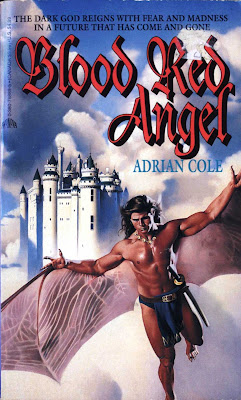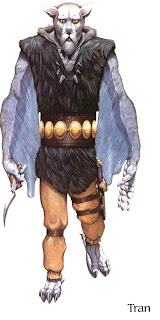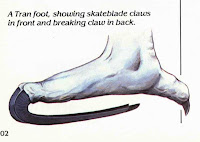It’s May 1982, and in the Falkland Islands, fighting is underway between the Argentine invaders and the UK.
‘Don’t You Want Me Baby’, by The Human League, is in heavy rotation on the FM dials. Also getting a lot of airplay is the latest single by Genesis, titled ‘Understanding’.
The May issue of Heavy Metal magazine is on the stands, with a front cover illustration by Corben and Townley titled ‘Spheres’.
This is one of the few (only ?) HM covers to feature a fully clothed woman in a decidedly demure stance.
The back cover is ‘The Detour’, by Moebius.
This is one of the few (only ?) HM covers to feature a fully clothed woman in a decidedly demure stance.
The back cover is ‘The Detour’, by Moebius.
The ‘Dossier’ section is not only five pages long but it’s relocated to the first pages of the issue (just after a striking full-page ad for the latest Scorpions album, and another ad for the upcoming ‘Conan’ movie).
The Dossier has some interesting columns, including a scathing review of the latest (i.e., ‘Best of 1981’) SF anthologies by Bruce Sterling.
As of May ’82, the cyberpunk movement (although no one called it that) was just starting to get underway, and Sterling was known as the author of the promising novels ‘Involution Ocean’ and ‘The Artificial Kid’. The impatience of Sterling and the other proto-cyberpunks had with the sf establishment, and its increasingly lifeless approach to writing, is on clear display in his reviews of these anthologies.
Other columns deal with the revival of pop culture interest in the Third Reich and the Nazis; a review of the film ‘Quest for Fire’; a new biography of rocker David Bowie; and a look at the Avalon Hill board gaming universe.
A comic by B. K. Taylor, ‘War Games’, is a laugh-out-loud look at geek culture back in the early 80s.
One of the stranger entries in this issue is a three-page essay by one David Black, titled ‘The Third Sexual Revolution: Transcendent Eroticism in the Eighties’. Author Black predicts that the availability of video porn will energize 80s couples into pursuing Tantric Practices (!).
Whether Black’s predictions came true or not (with the exception of Sting), is unclear. What makes ‘Third Sexual Revolution’ interesting is the absence of any mention of AIDS, which in May 1982 was known as GRID (gay – related immune deficiency), something which infected 'homos, hemophiliacs, Haitians, and heroin users'.
Ahh, those innocent days....
In terms of its graphic content, the May issue featured ongoing installments of ‘The Incal Light’, ‘Den II’, ‘Nova II’ , ‘Zora’, ‘Yragael’, and ‘At the Middle of Cymbiola’, while Segrelles’ ‘The Mercenary’ closed out with its final episode.
A number of good one-shot strips are featured, and one of the best, as always, is by Caza. I’ve posted ‘Exiled’ below.


















































































